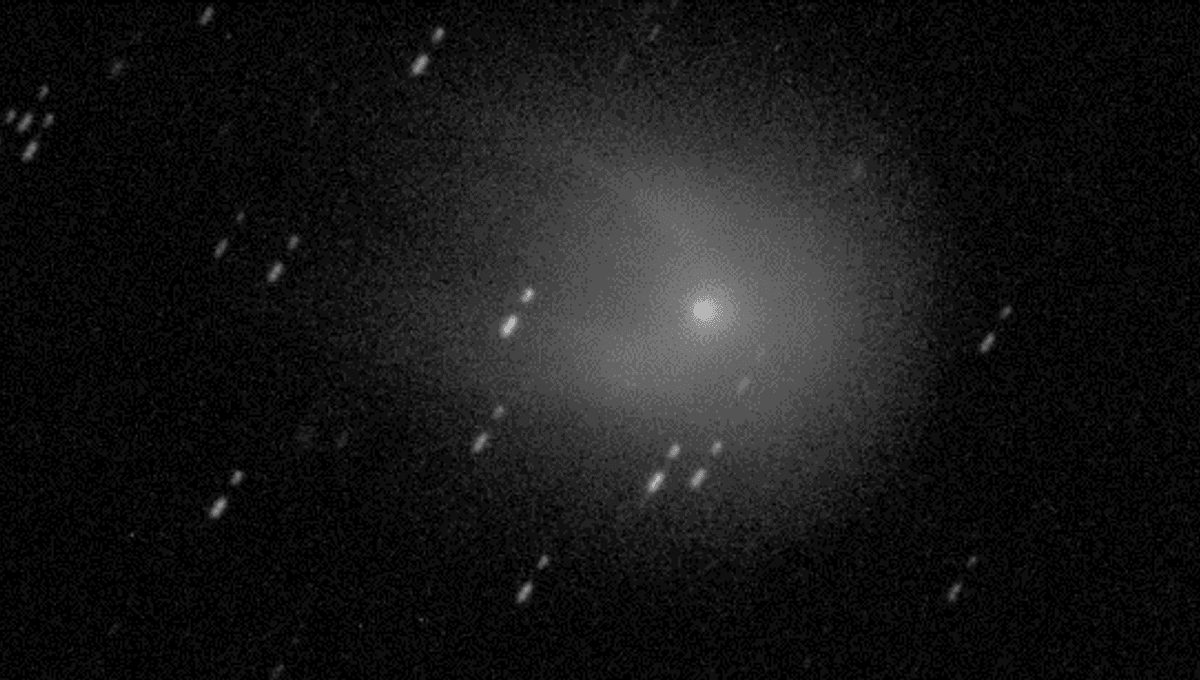Get ready for an astronomical treat in 2024! This could be the year of not one, but two incredible comets. While most comets are too faint to see without a telescope, these two are expected to put on a show like no other. However, there’s still some uncertainty surrounding their predictions.
Let’s start with Pons-Brooks. This comet was first discovered in 1812 and was later identified as the same one seen in 1385 and 1457. It made its return in 1884 and 1954, and on those occasions, it experienced outbursts that caused its brightness to rapidly increase. What’s fascinating is that these outbursts occurred even when the comet was far from the Sun. While some comets do explode in cold regions of the Solar System, it’s rare and captivating for astronomers. These explosions happen when pockets of internal ice warm up and burst through the surface.
During its current visit, Pons-Brooks has not disappointed. It had an outburst in July that made it almost 100 times brighter and left it with a peculiar shape resembling Pac-Man or the Millennium Falcon. This shape is believed to be caused by an obstruction blocking the flow of gas, creating “horns” on either side. Just when we thought the outburst was fading, another one occurred in early October. Although not as large as the first, the comet is now closer to Earth, resulting in its greatest brightness so far on this visit.
The Comet Chasers, a collaboration of professional and amateur astronomers, have been diligently tracking Pons-Brooks and have captured some incredible images. Check them out!

Now, let’s talk about the second comet, Comet C/2023 A3 (Tsuchinshan-ATLAS). This comet will be approaching the Sun for the first time in 80,000 years, making it an incredibly rare event. While we don’t have records of its previous passes, based on its size and current brightness, it has the potential to compete with Venus in terms of brightness. This could make it the best comet we’ve seen in at least 17 years. However, as comets are known for their unpredictability, it’s not wise to skip Pons-Brooks in hopes of a better show later on.

So, mark your calendars for these celestial events in 2024. It’s going to be a year to remember!








